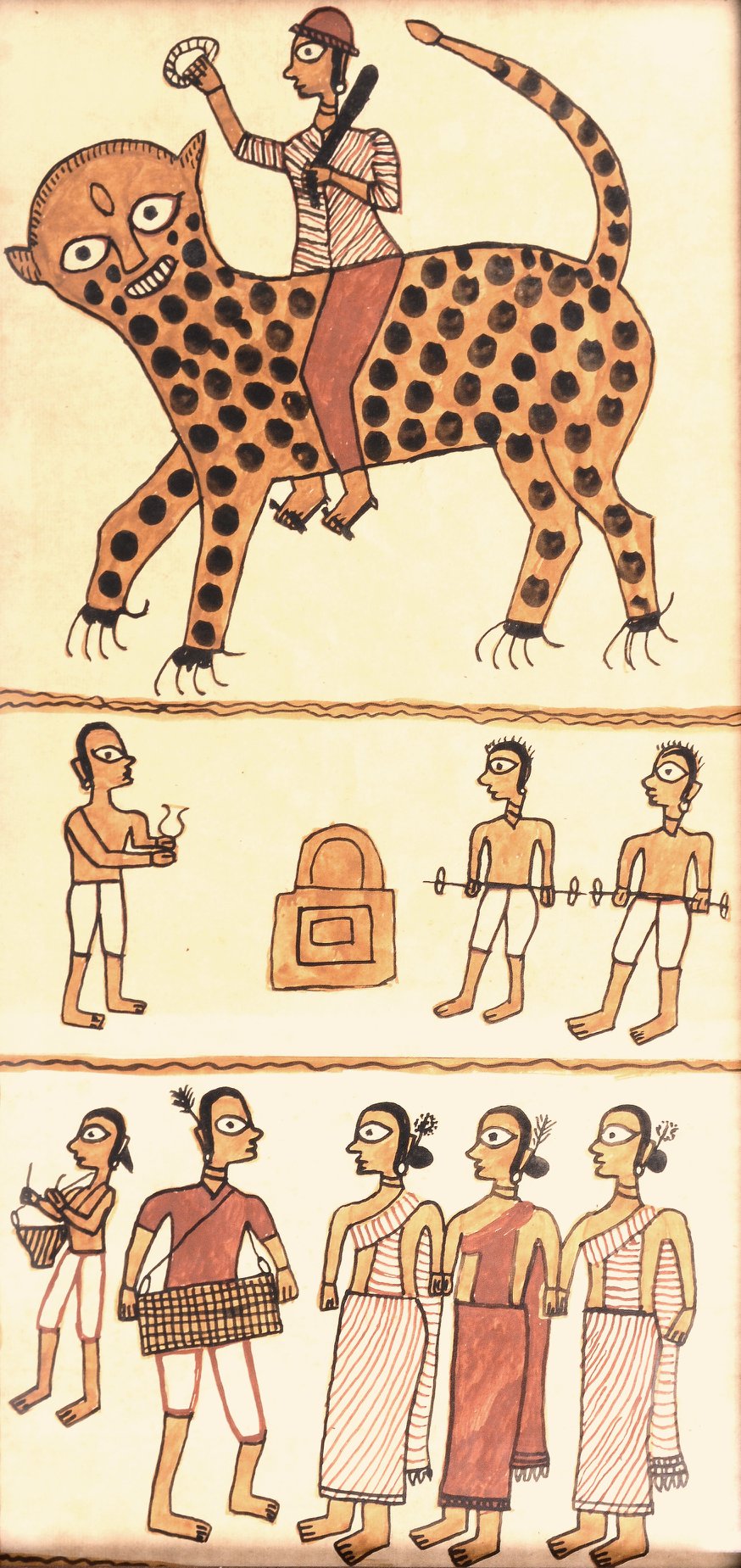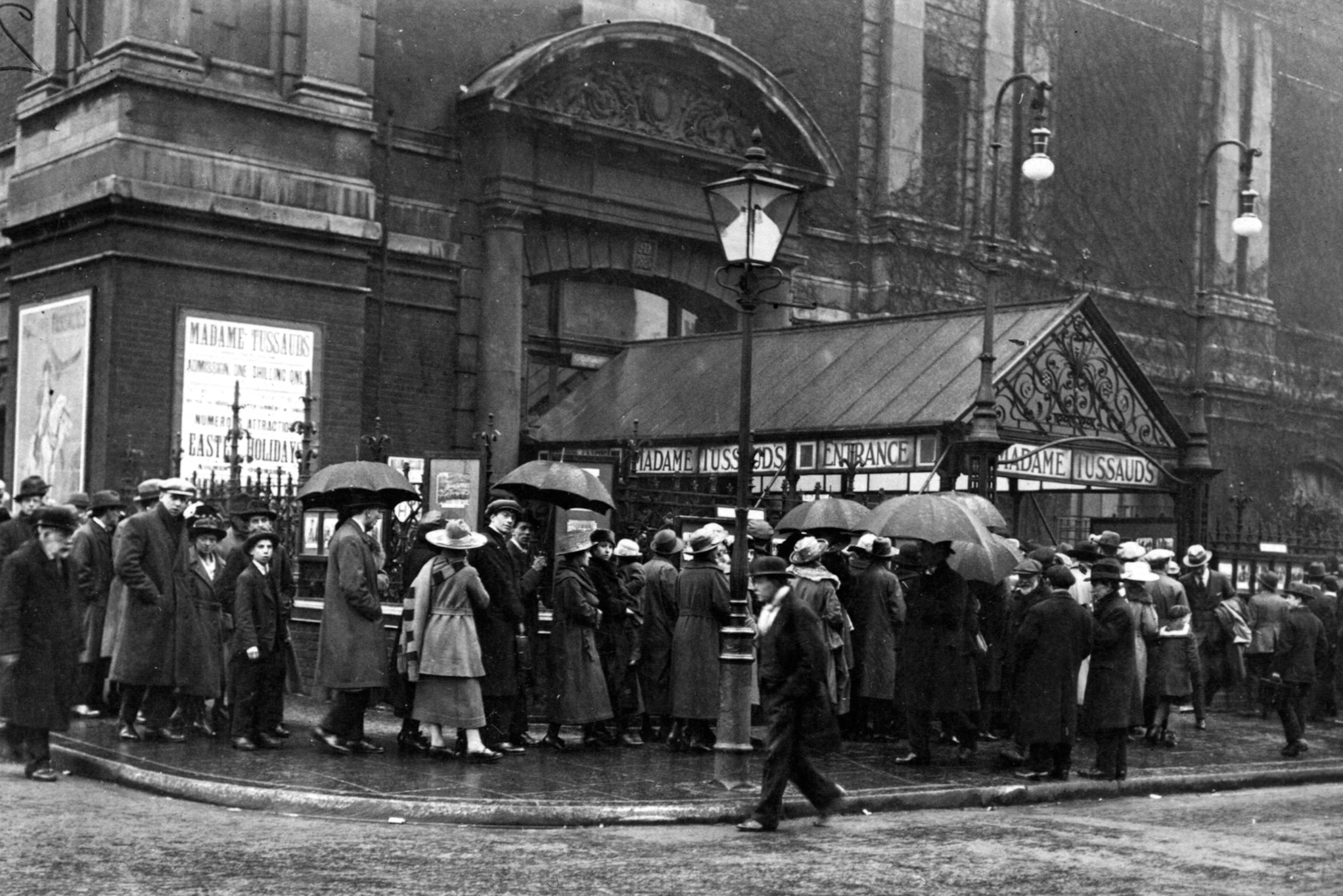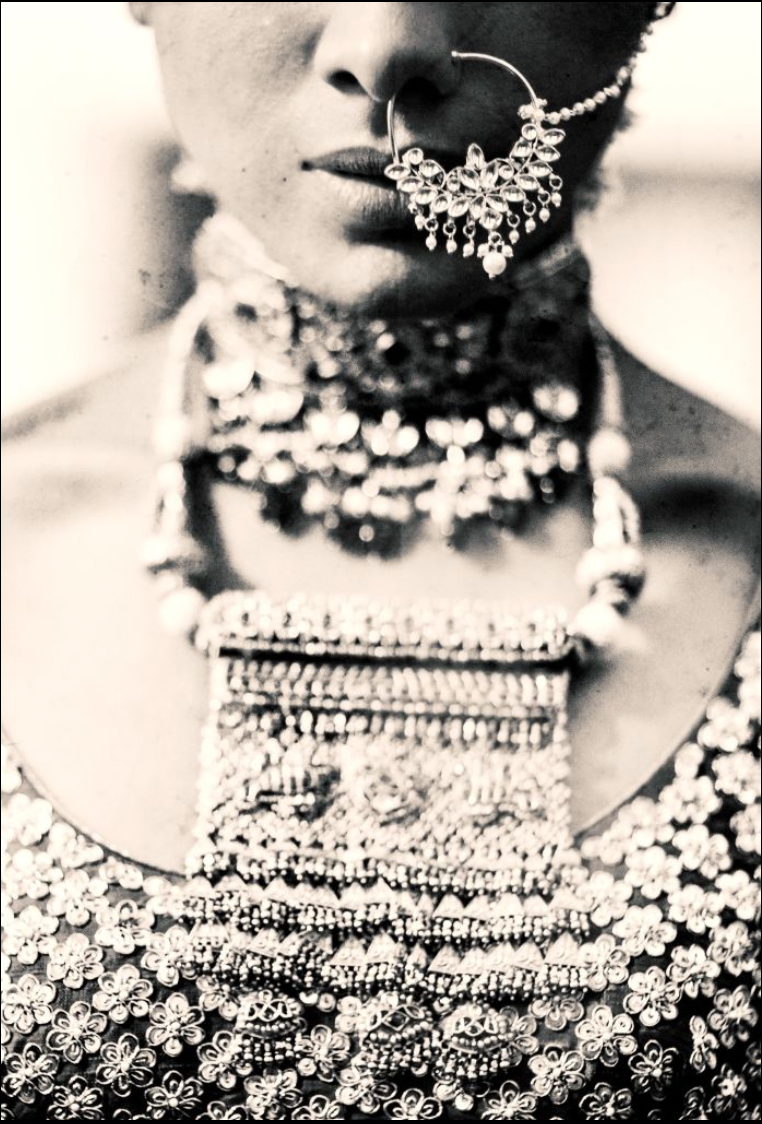The perennial clash between the literary sanctum and the glimmering allure of the silver screen. On this battleground, the ink-stained purists and celluloid aficionados lock horns in a perpetual duel of artistic interpretation. My own initiation into this age-old skirmish transpired with the viewing of “Harry Potter and the Philosopher’s Stone.” Ah, the sheer wonder of witnessing the familiar corridors of Hogwarts materialise before my very eyes—a spectacle to behold indeed. Yet, amidst the awe, lurked a twinge of disappointment, akin to discovering a hidden trapdoor in the Gryffindor common room. Upon the silver screen, it became apparent that certain nuances, those cherished threads intricately woven into J.K. Rowling’s wizarding world were lost in translation. Characters danced upon the screen, but not quite as I had envisaged them during my dimly lit reads under my blanket. Plot points, seemingly inconsequential to the almighty screenplay, languished upon the edit room’s floor. My journey into the realm of adaptations had begun—a journey marked by peaks of partial wonder and disillusionment, as the gilded promise of cinematic magic collided with the steadfast devotion to the written word.
As the years pass, the proliferation of films adapted from books only intensifies this passionate discourse. For avid readers, the experience of diving into the pages of a well-crafted novel is unparalleled. The ability to immerse oneself in the rich microcosms created by words, to visualise characters and settings through the power of imagination, is a cherished aspect of the reading experience. Books offer a depth of detail and nuance that can be difficult to replicate on the big screen. Every turn of the page reveals new layers of complexity, inviting readers to engage with the story on a deeply personal level.
On the other hand, movie adaptations have the ability to bring stories to life in a way that transcends the confines of the written word. Through the use of visuals, sound, and performance, filmmakers can capture the essence of a story and deliver it to audiences in a dynamic and immersive way. A well-crafted adaptation has the potential to introduce a whole new audience to a beloved book, sparking interest and igniting imaginations in ways that the written word alone cannot.
One of the key points of contention between book and movie enthusiasts is the issue of fidelity to the source material. For many readers, the thought of a beloved book being adapted for the screen can be a source of anxiety. Will the filmmakers stay true to the original vision of the author, or will they take liberties with the story, potentially diluting its essence? This tension between faithfulness and creative interpretation lies at the heart of many debates surrounding book-to-movie adaptations. Despite these challenges, countless successful adaptations have managed to strike a balance between honouring the source material and bringing something new to the table. From timeless classics like “To Kill a Mockingbird” to contemporary hits like “The Hunger Games,” there are numerous examples of adaptations that have captured the hearts and minds of audiences around the world.
In the end, perhaps the true beauty of the relationship between books and movie adaptations lies in the diversity of perspectives they offer. While some may prefer the immersive experience of getting lost in the pages of a book, others may find themselves captivated by the visual spectacle of a well-crafted film. Ultimately, whether on the page or on the screen, the power of storytelling remains a constant force that continues to captivate and inspire audiences of all ages. As the debate rages on, one thing is certain: the eternal clash between books and movie adaptations is a testament to the enduring power of storytelling in all its forms.
Words by Anithya Balachandran.
Feature image Gringotts Dragon in Diagon Alley at Universal Studios.





